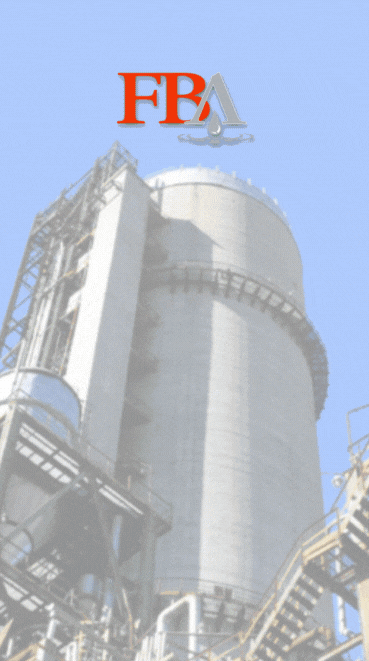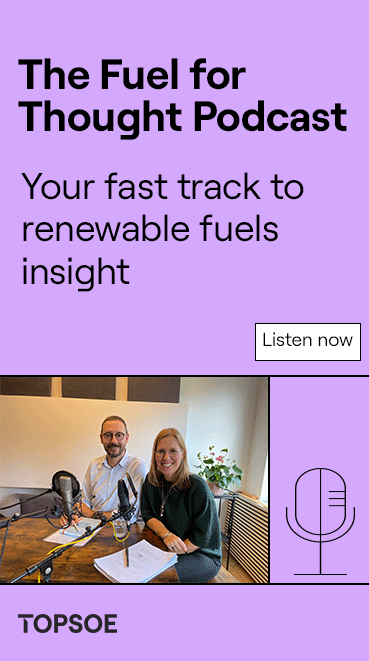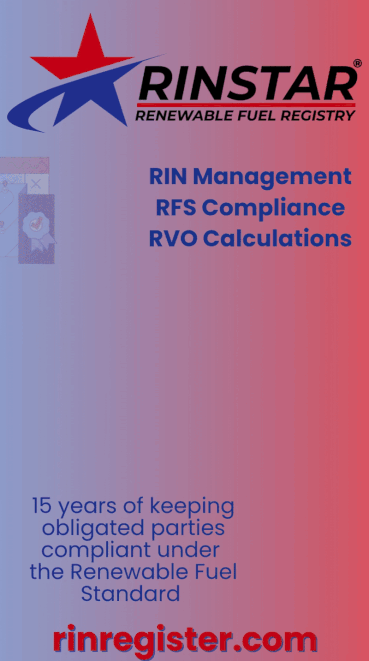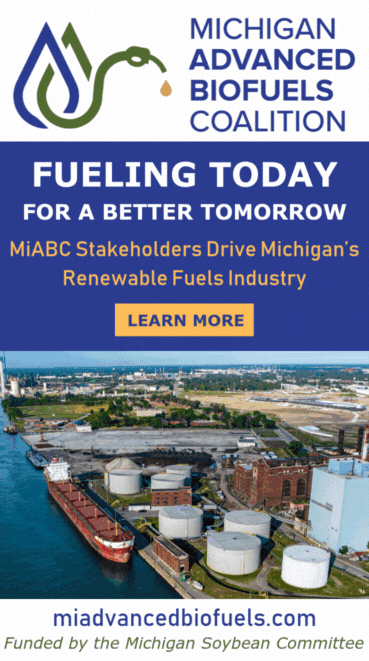SkyNRG, ICF release SAF Market Outlook 2025
- SkyNRG
- Jun 6
- 3 min read

SkyNRG announced June 5 the release of its fifth Sustainable Aviation Fuel Market Outlook, developed in close collaboration with ICF.
This year’s edition highlights both the progress made and the important steps still needed to ensure a resilient, scalable SAF industry capable of meeting long-term decarbonization goals.
“It is with great pride that we present SkyNRG’s fifth SAF Market Outlook,” said Maarten van Dijk, CEO and co-founder of SkyNRG. “This year’s edition is particularly special, as it has been developed in close collaboration with ICF. While the report continues to guide our internal strategy, we also hope it contributes to broader market understanding and momentum.”
Key findings, outlook
The SAF market is experiencing a period of rapid development.
In 2024, supplied volumes doubled from the previous year.
The start of the EU and U.K. SAF mandates this January marked a critical step, with projected global demand reaching approximately 2 million metric tons this year.
Looking ahead to 2030, demand could rise to over 15 million tons, with significant contributions from both mandated and voluntary commitments.
The report, however, also highlights that nearly 82 percent of current SAF capacity relies on hydroprocessed esters and fatty acids (HEFA) technology, which is limited by available feedstocks.
This indicates a need to scale up alternative technologies and feedstock pathways to meet future demand.
“To capture longer-term dynamics, we’ve extended our analysis to reflect what is needed through 2050,” van Dijk added. “Robust policy frameworks and targeted support for offtakers, technology developers and infrastructure players are essential to keep SAF growth on track.”
Key findings include:
“HEFA tipping point” in sight, after 2030, demand is set to outpace the HEFA SAF production potential, urging the industry to shift towards a more diversified set of SAF policies and pathways.
Beyond 2030, SAF demand is expected to nearly triple to 40 million tons (13.2 billion gallons) by 2035, driven by accelerated mandates. With expected SAF capacity being 18 million tons (6 billion gallons) in 2030, this creates a 26-million-ton (8.6-billion-gallon) gap to be addressed in just five years. Coprocessing and renewable diesel is expected to contribute up to 6 million tons (2 billion gallons), but the majority will need to come from additional capacity.
Supplied volumes doubled to 1 million tons (0.3 billion gallons) in 2024 compared to 2023 levels, the EU and U.K. mandates started in January, and approximately 60 airlines set specific SAF targets for 2030. As investment continues to flow into the industry, SAF is strengthening its role as the cornerstone for the decarbonization of the aviation industry.
Collaborative industry insight
Dan Galpin, ICF’s global aviation lead, emphasized the collaborative nature of this year’s effort and the evolving landscape.“It has been our pleasure to work with SkyNRG on this flagship SAF Market Outlook report,” Galpin said. “With mandates now in effect in the EU and U.K., and more ambitious policies taking shape globally, the SAF market is entering a new phase. Hundreds of projects have been announced, showing strong confidence. Continued policy support remains key to realizing long-term goals.”
Strategic moment for SAF
The report’s findings underscore both the progress to date and the strategic opportunities ahead.
As SAF demand is expected to nearly triple again between 2030 and 2035, achieving that growth will depend on expanded investment, supportive regulation and supply-chain coordination.
“The challenge is massive, but the rewards can be even bigger,” van Dijk said. “We hope you find this year’s market outlook insightful and engaging.”
To access the report, click here and scroll to the bottom of the page, fill out the fields and click “download.”


































